If you’re a regular on mineral identification or discussion forums or groups, you’ll have seen posts with photos of an unusual material, followed by a dozen comments of “SLAG!”.
It’s not an insult, honest*. Fans of mineral identification and those who give their time to attempt it are probably a bit sick of slag by now but it occurs in so many forms that it can be quite tricky to identify.
Big update for 2024: I’d like to thank Michael Kelley from Durham University for providing a huge amount of beach material and slag for me to process and photograph; the resulting images are now on this page.
Even more annoyingly, it looks similar to volcanic rocks like scoria due to its vesicular nature. Glassy or highly vitrified types of slag have been confused with Obsidian many, many times. It has even been used to imitate meteorites.
*If you’re an international reader, Slag has another, more adult meaning in the UK. If you’re a UK based reader, stop giggling.
So… what is it, where does it come from, where is it found, and what types are there?
The term slag isn’t really accurate, to start with. In online groups and discussion forums, we tend to use the term ‘slag’ to refer to all industrial byproducts that might get confused with minerals or rocks.
However, ‘Slag’ specifically refers to byproducts created during metal smelting. It is often a mixture of silicon dioxide and other metal oxides or metal sulfides; the exact composition depends on both the method used for smelting and the compositions of the ore being smelted.
It is genuinely quite difficult to distinguish between certain materials, though – so ‘slag’ is used to describe them to a reasonably satisfactory standard, at least for beginners. A more general term might be ‘clinker’, but I’m not sure if that is a UK colloquialism or not. As such, I’ll use the term slag/clinker interchangeably or together, as I’m not planning on writing too much about metal smelting any time soon…
Typically the materials are grey, brown, or black – sometimes with an iridescent effect. They often have some rough or sharp surfaces, possibly some ‘glassy’ looking surfaces, and usually a number of bubbles (vesicles) or bubble marks. They may or may not be attracted to a magnet, and they may or may not be picked up by a metal detector.
I am writing this from a UK perspective, which may not hold true across most of the world (but likely does). That is, slag or clinker is everywhere. In the UK, this commonly takes the form of iron smelting slag.
It was used to build up railway embankments and tracks, to cover footpaths, to provide shoring up, hardcore, etc – sometimes it is mixed with mud, concrete, and other debris to form cheap hardcore. My house is built on the road between a major city and numerous small collieries; my garden is full of clinker and slag!
Any old industrial land in the UK will have some, somewhere. Most old paths will have some, somewhere. The canals, the railways, industrial areas – honestly, it is everywhere. It is sometimes even found on top of hills or mountains, at the sites of old mines or smelting plants. The rest of the world is likely the same, at least in the areas with heavy coal or iron producing industrial histories.
Some slag is ancient; there is significant archaeological evidence of Copper smelting slag at various sites from the Bronze Age. The slag there can be chemically analysed and potentially help to determine what minerals were being smelted, and where from. There is a photograph above of a large piece of Iron smelting slag from the Scandinavian Iron age.
So what’s the difference between ‘slag’ and ‘slag glass’?!
One of the more confusing uses of this name comes into play when we consider three different names – ‘glassy slag’, ‘glass slag’, and ‘slag glass’. Surprisingly, only the first two mean the same thing.
Glassy slag is just… slag, with glassy attributes. It is high in silica, often has shiny or polished looking sides, high heat from whatever industrial process it comes from has formed glass, essentially.
To confuse matters, there is a type of glass referred to as ‘slag glass’, or ‘malachite glass’, which was possibly originally made with glass and slag and press formed.
To… yep, you got it – confuse matters even more – many people refer to any large pieces of waste glass as ‘glass slag’, meaning it is ‘an industrial byproduct made of glass’. This includes things like cullet glass – large chunks of which are often mistaken for minerals or crystals. It makes sense to me, especially if there are numerous layers, colours etc of waste glass!
To sum up, the common usage of the word ‘slag’ in collecting groups etc now seems to refer to ‘an industrial byproduct’ rather than the strictly accurate metallurgical definition. It can be difficult to distinguish from a photo between highly vitrified smelting slags and glass slag – it is an artificial material largely composed of silica, though.
While this isn’t strictly an accurate use of the word, language evolves and in this case, it is accurate enough for most. It’s either that or we all start saying ‘glass byproduct’, which just doesn’t have the same ring to it. For archaeologists I think the issue is a little more in-depth; for mineral collectors who aren’t specifically interested in historical slag, hopefully the one term will be enough.
Pieces of seemingly vitreous slag, which turns out not to be – with the colour coming from smelting of various metals. I believe blue colouration is typically due to iron refining.
These pieces come from the area around Seaham.
The same material, broken up with a rock hammer. Please note, it is not glassy inside. The polished surface is due to the abrasive action of sea and sand.
These pieces are a vitreous material; the dark pieces may be a result of smelting, or some other industrial process consisting of considerable heat.
The other glassy pieces in a pale blue colour are a true glass, with a great number of bubbles inside. These may be a remnant of local glassmaking.
These darker pieces are the most common forms of slag to be found in the UK. They were used as hardcore along railway lines, under roads, hell – I have found some on a mountain path hundreds of metres above sea level. Half the country is built on top of the stuff.
They are often glassy, and have ‘vesicles’ (bubbles). Potentially easy to confuse with lava, Obsidian, or meteorites.
A large single piece of Slag, estimated to be from around 200-500AD, Jutland.
Image credit: Knud Winckelmann,
Via Wikimedia Commons CC BY-SA 3.0
A large amount of slag, probably used as hardcore.
Image credit: Przemek P,
Via Wikimedia Commons CC BY-SA 3.0
A photo showing various types of slag from the Beckley Furnace, Connecticut, USA.
Image credit: bander.bramblegrub,
Via Wikimedia Commons CC BY-SA 2.0

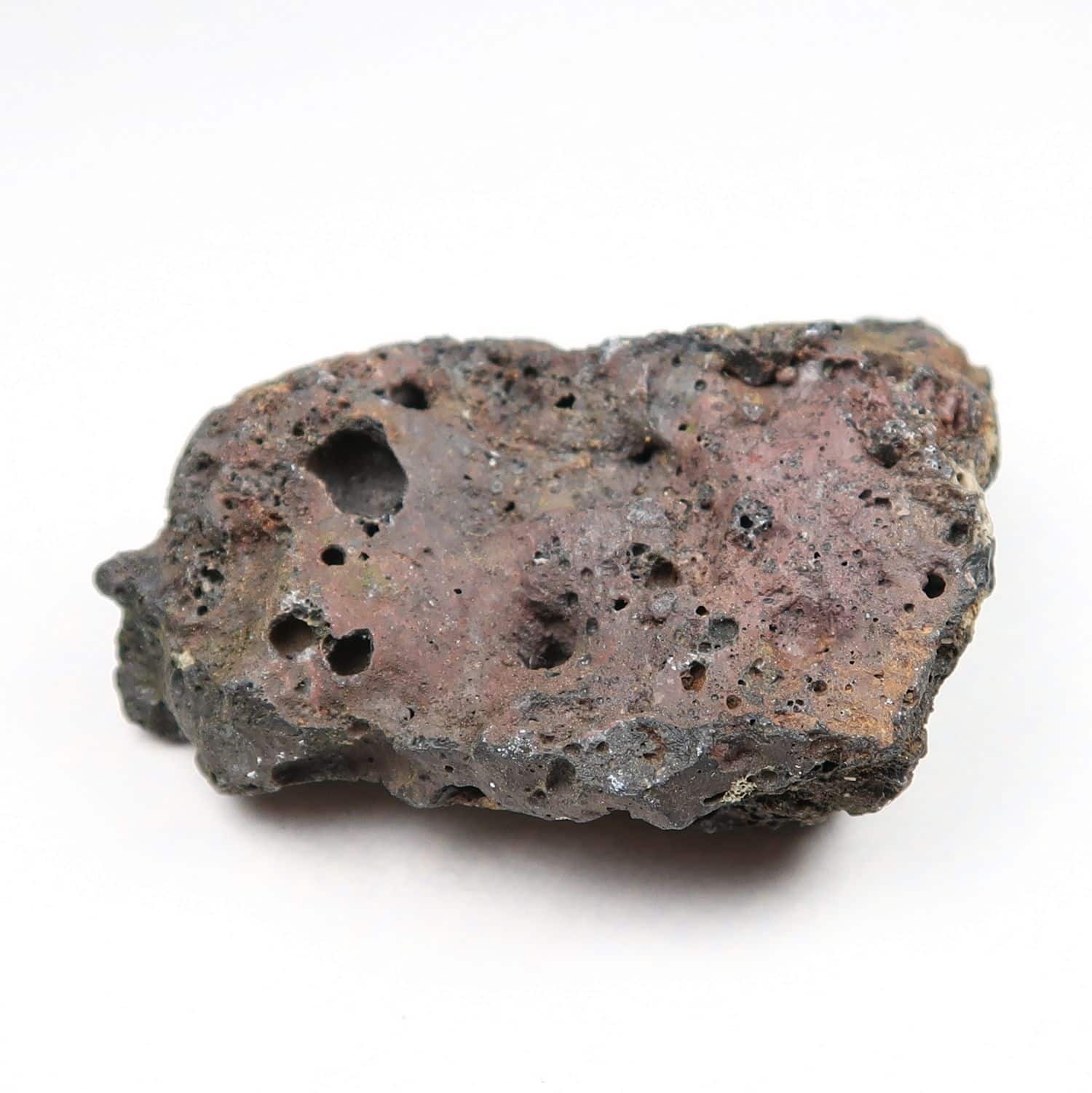
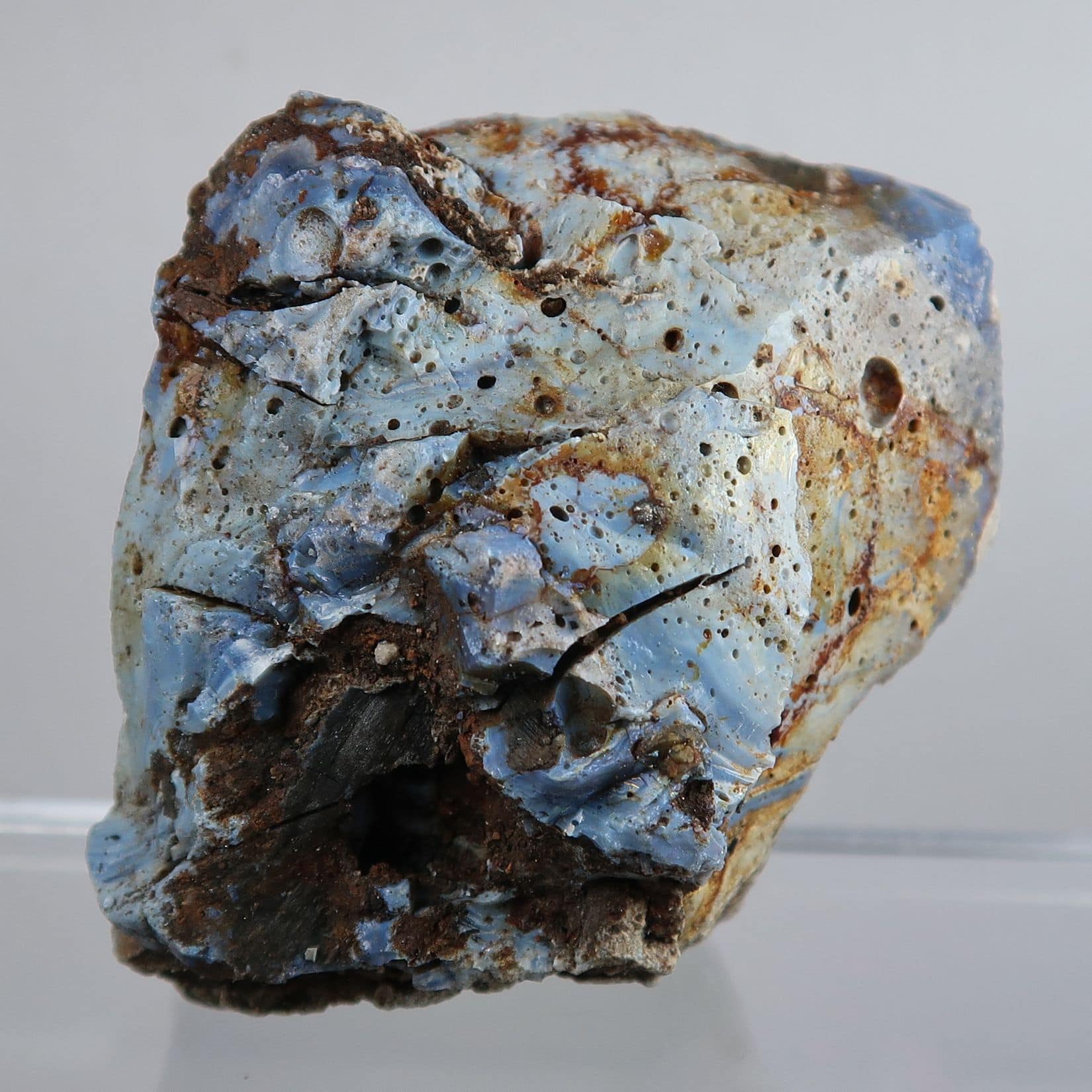
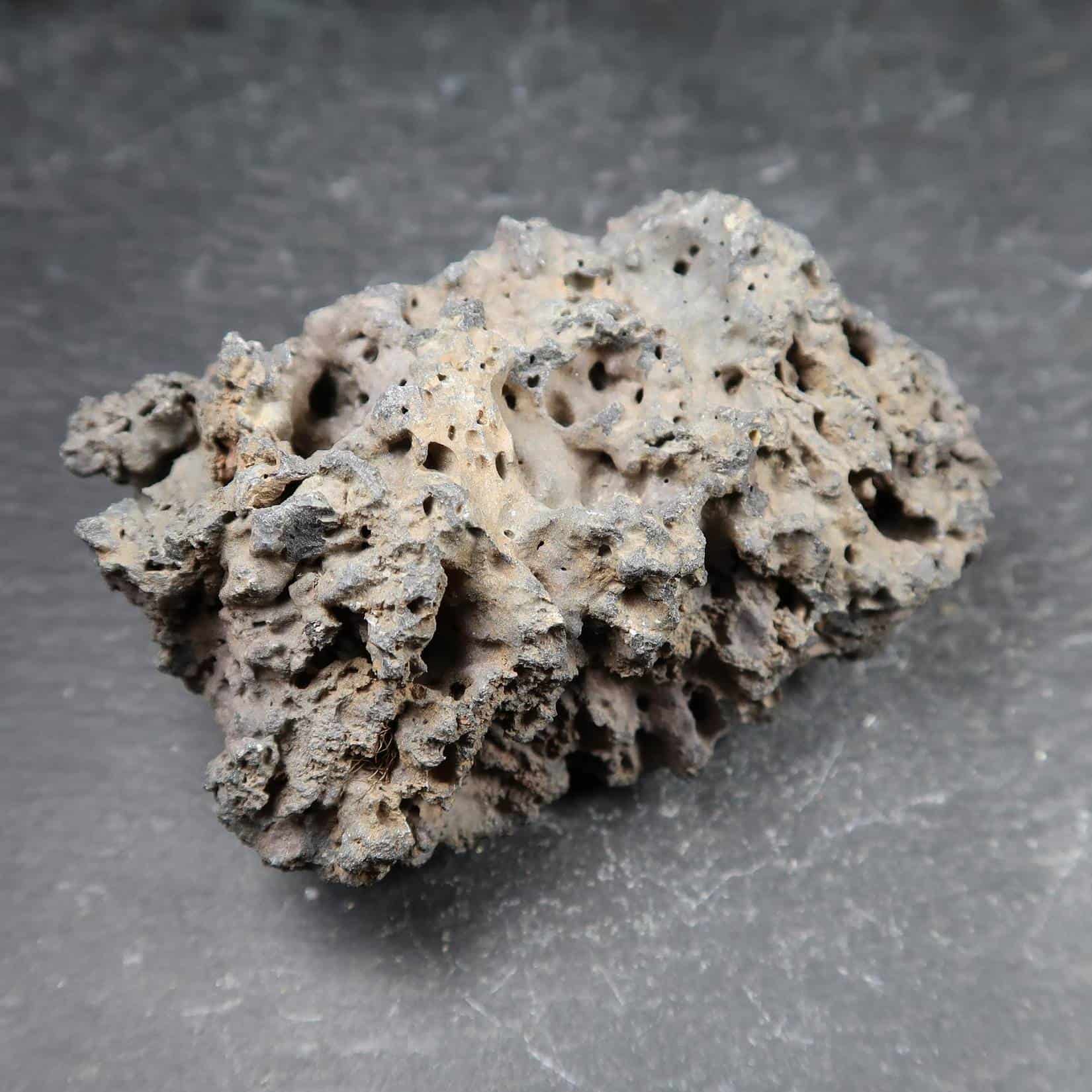
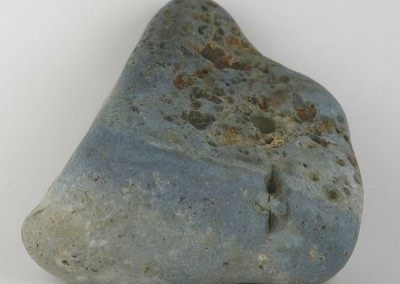
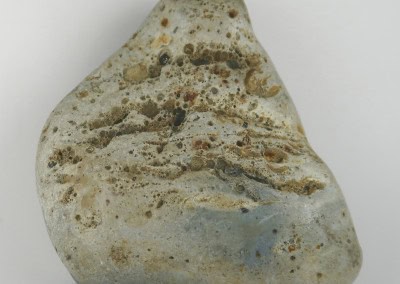
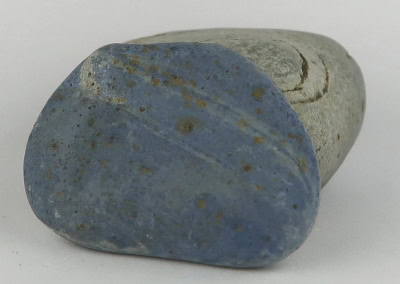
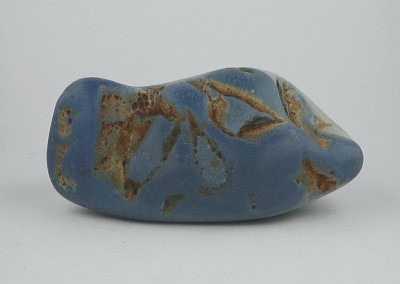
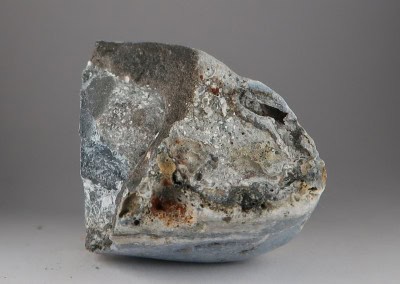
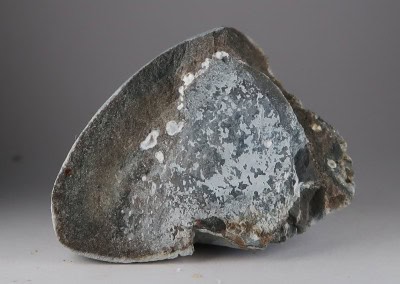
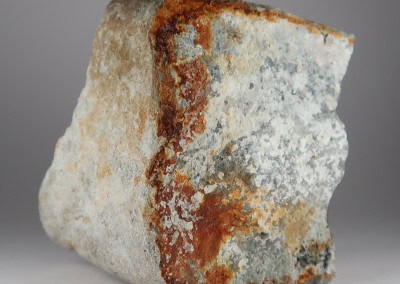
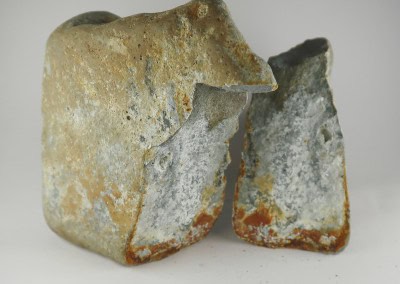
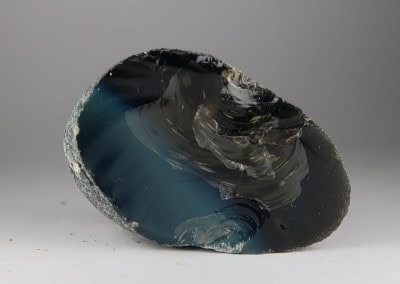
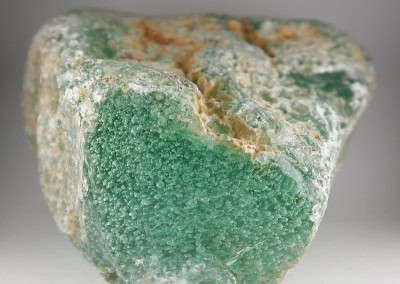
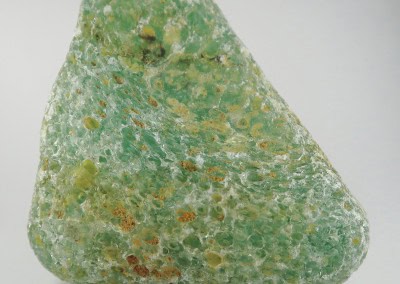
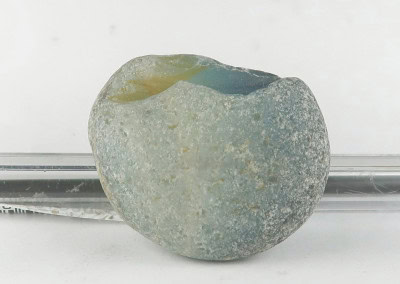
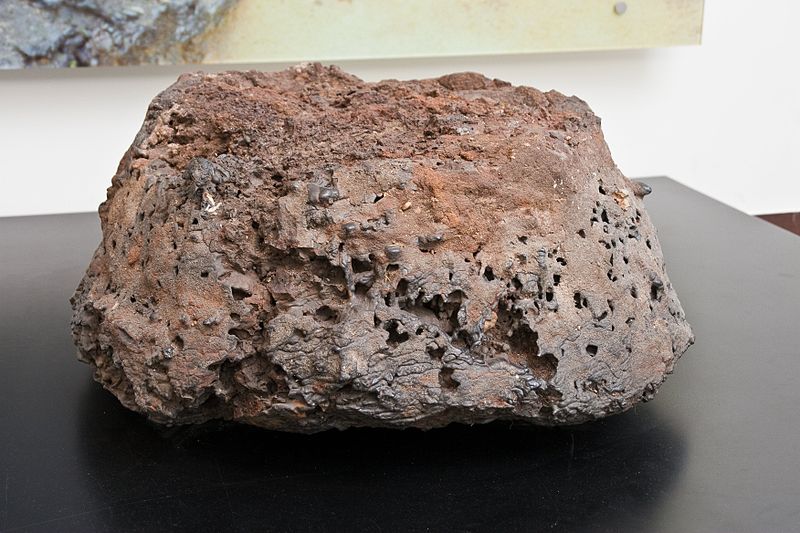
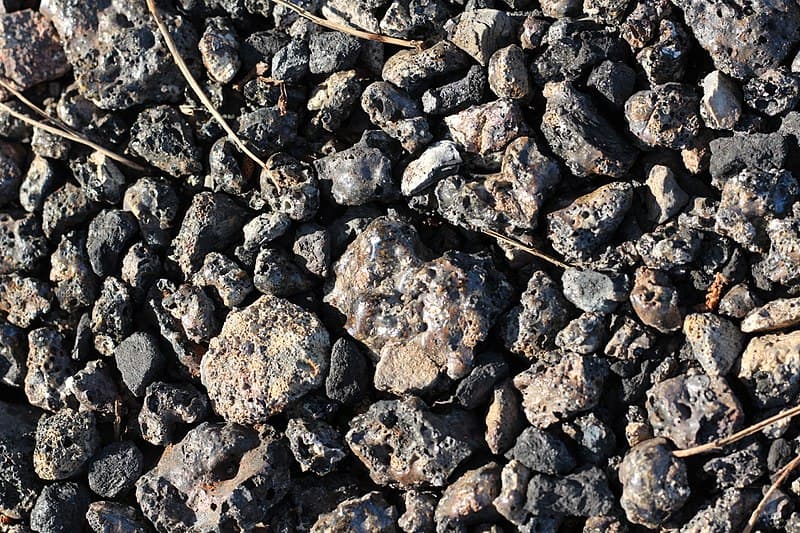
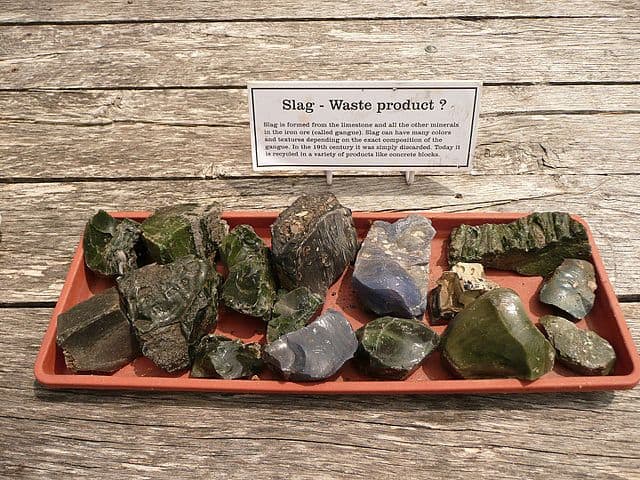
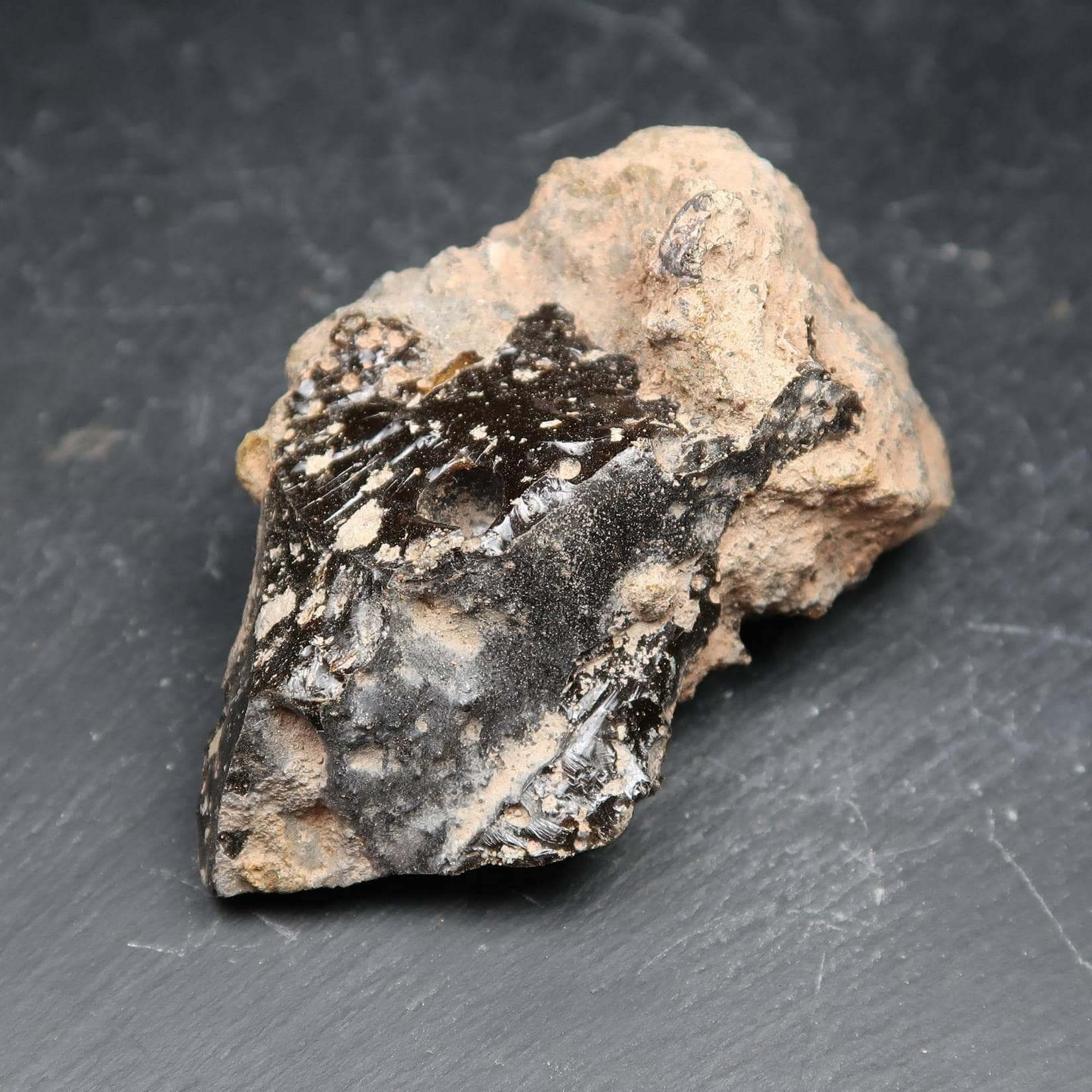
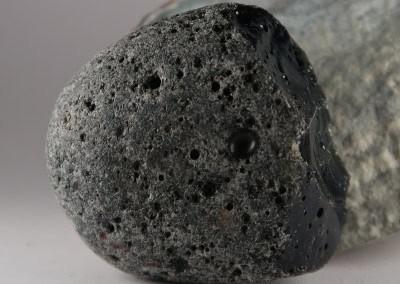
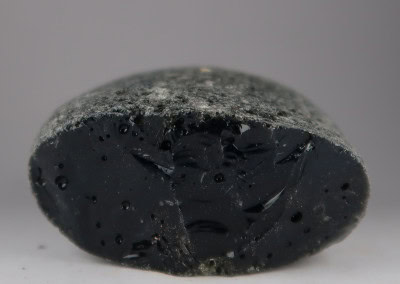
I have some pictures of a nice piece of blue slag I picked up in Susanville, Can area that I would share.
I have an interesting piece of slag. I can send a picture to you if you’d like.
I have a ton of it, looking anywhere from coral to iridescent giant bubbles
I just found one can send pics
My grandson and I have found lots of chunks of what we believed to be obsidian down a country tractor lane. I would love your opinions on it where can I send you a picture.
You can email a photograph to [email protected] – let me know the region and country as well, so I can look at the underlying geology. If it’s in the UK, we don’t actually have naturally occurring Obsidian so almost any black glassy substance is likely to be vitreous slag.
I have a piece that is extremely blue and it’s very beautiful. I’m still not sure if it’s slag or not though. I’d like to show you off I can.
I’m in the U.S and have found several beautiful pieces mostly blues ranging from light to dark some more glass like than others some very small to large pieces.
My meteorite stick found a large piece which I think is a stony meteorite.
However an antique associate told me he called it slag. Can I send a picture to verify if a stony meteorite or if it is slag?
thank you! very much appreciating this article!
Send me your email and I would love to send a picture of a possible slag I have. Also on YouTube I uploaded a video meteorite or meteorwrong under John Mathews.
I have something not sure what, and I have yet to get it evaluated by anyone. I’m thinking could possibly be slag if not then has to be meteorite or volcanic rock. it was found not far from where I live in Oklahoma (U.S) all together and is the same yet all different and looking closely it’s quite remarkable! there isn’t a history of any industrial sites it is an oil lease but isn’t very near the disposal wells that are located on that site. I can send u pictures or even some of it. MOST IF IT IS VERY HEAVY. I just need contact info or a way to do so if u don’t mind. hope to hear from u.
hi Cassandra. I have found a rock vertical similar to your description. I found it pushing up between 2 large rocks in a paddock on side of a hill, it had like welding slag on top which has no association with man made glass in my opinion.
when I put a $2 uv pointer light on it small pieces inside glow like a diamond.
have you tried that with yours?
and do you know what to do about your find?
clearly I’m no geoligist lol
We purchased a farm that was the home of 2 – 1800s blast furnace our soul is loaded with green, black and blue slag, its everywhere along with old charcoal and furnace foundations. I have piles of pictures of pules if slag.
Helpful. Thanks,
I live in SC near the Catawba River and old Textile mill and suspected that was what I found in a nearby park creek. Thanks for the info and ID! I’d be glad to share a pic of your interested.
We find so much slag in colorado. It was produced by the steel industry and the ore processing industries. Later it was spread on all the railroad tracks throughout Colorado as ballast. Some of it looks like black or gray lava flow, some of it is pretty blues and greens. I run a Colorado rockhound Facebook page and we see slag at least once a week and someone is certainly found malachite or some other amazing stone! And of course we see it all the time as a potential meteorite. I’d be happy to share photos. Let me know how. In Pueblo, Colorado, where the states largest steel mill was, there is an industrial superfund clean up site of slag over a quarter mile long and several hundred feet deep. It contains both lead and arsenic and has been known to poison the surrounding soil. Unfortunately a lot of children live in the area and play in a contaminated nearby park and even on the dump itself
I found several pieces in Italy that look JUST like the photo you posted. How can you date slag? How do you know if it’s Bronze Age or industrial?